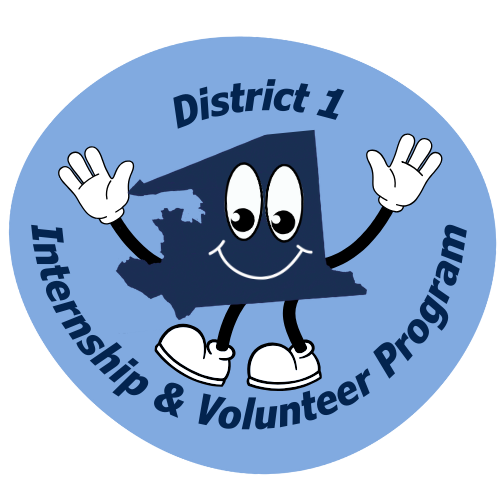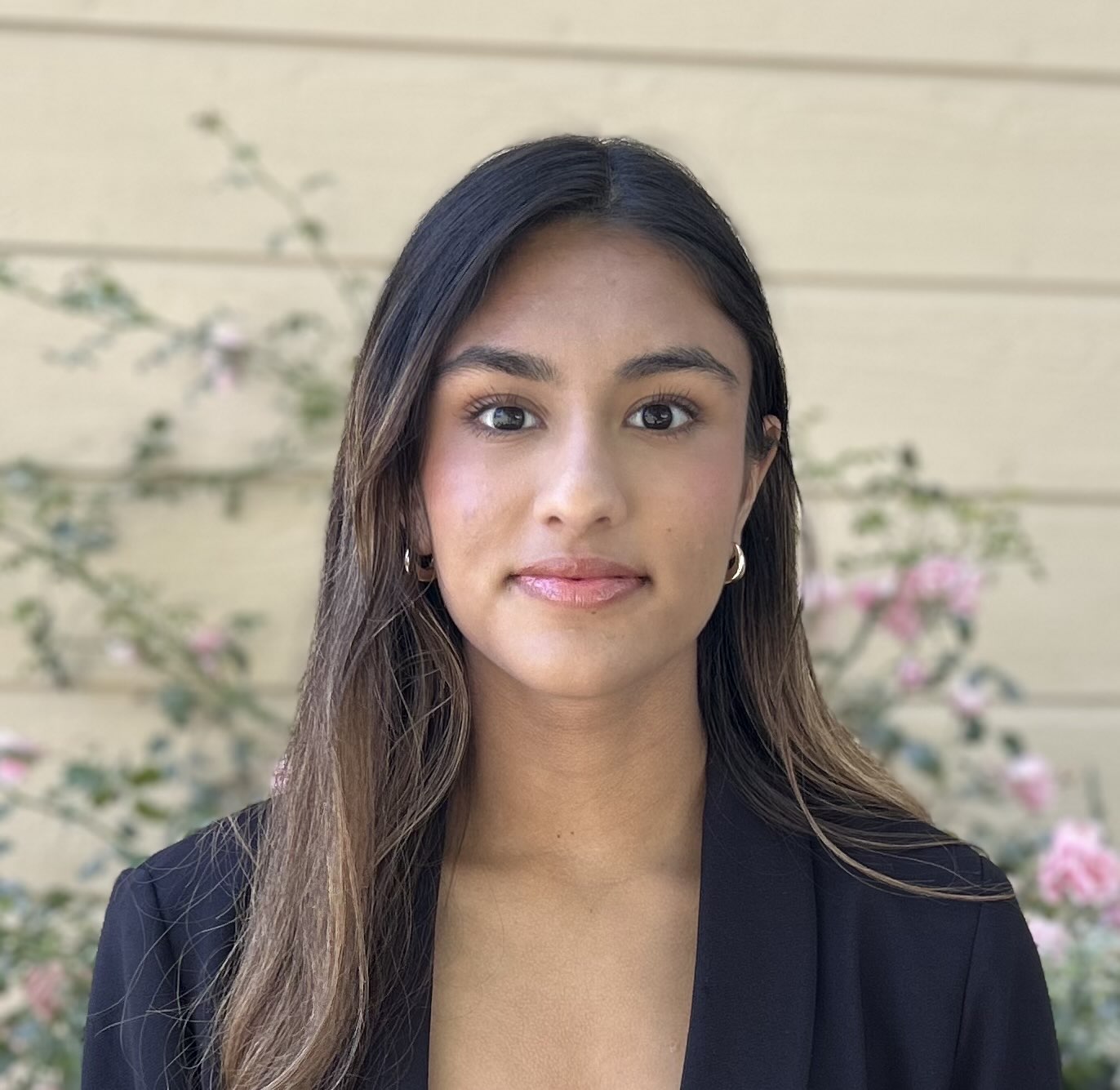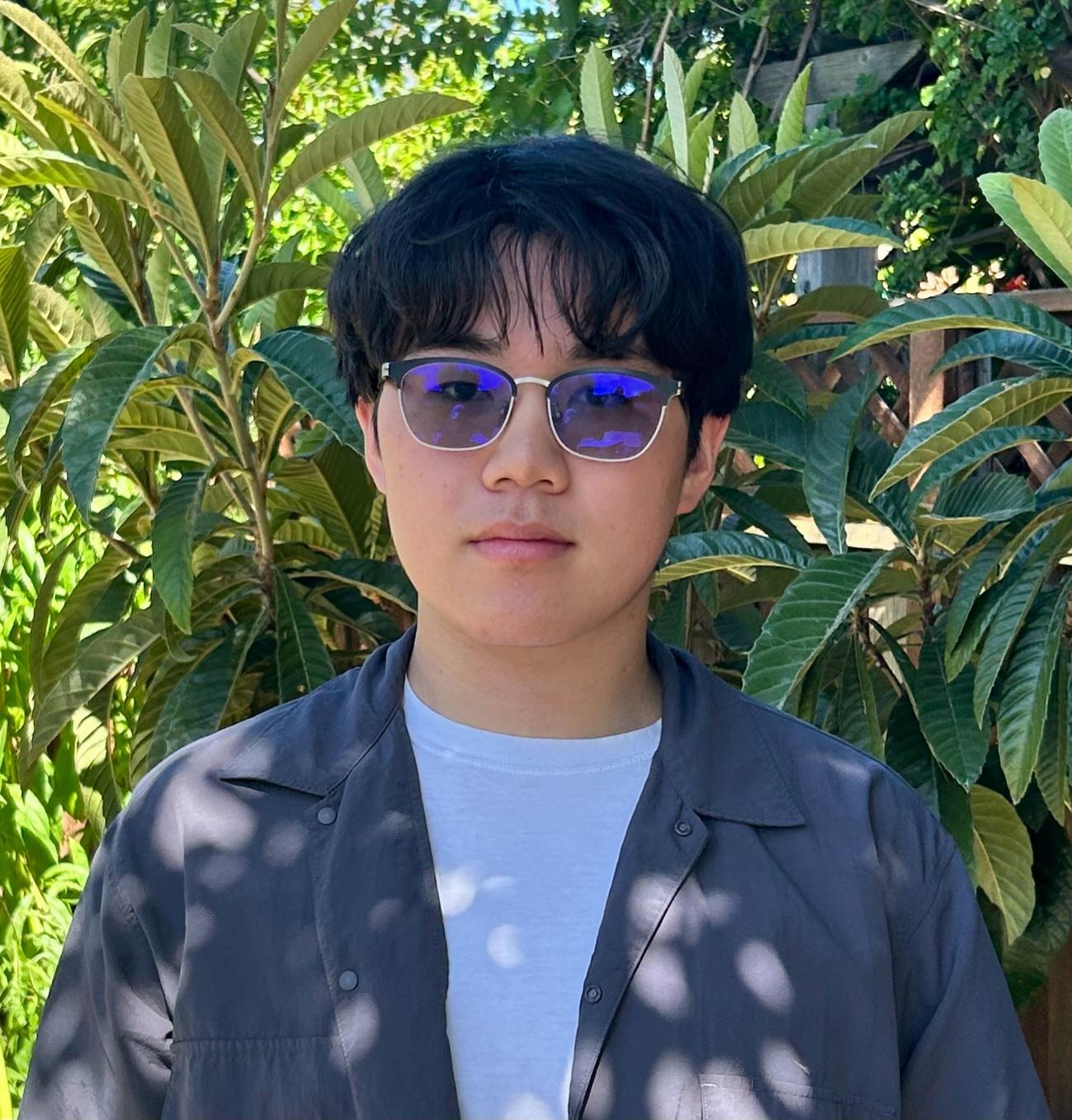Internship & Volunteer Program

Read about some amazing District 1 intern projects below!

Asees Sethi – The Soil of Policy and the Seeds of Business Growth
Summary :What makes one business thrive while another just down the street struggles to survive? This report investigates that very question by analyzing six businesses operating in both Fremont and Union City. Through interviews with city officials and insights from various economic reports, it uncovers the real world impact of zoning, permitting, and infrastructure policies on local economic growth. If you’re interested in learning more about what policies help or harm our local economy, and what can be done to improve them, here is the link to the full report.

Emylee Chen – Following the Funds in District 1: Save the Libraries
Have you heard about the budget cuts happening in District 1 right now? You probably have heard of at least a few including your local library possibly cutting down hours or your school cutting teacher positions to accommodate for the new budget. This report goes through the main budget cuts to the schools and the libraries in District 1 and how that has affected the 2025-2026 year. The most important thing you can do is be aware and be informed! If you would like to learn more about how these budget cuts are affecting our cities, you can visit the link to the full report or go through the linked website that includes the information as well.

Prisha Saraf – Urban Heat Inequality in Alameda County
Urban Heat affects every community differently depending on several factors: tree canopy, environmental risk, and demographic disadvantages. By using tools like CalEPA Urban Heat Island Index, CAL FIRE Tree Canopy Coverage, CalEnviroScreen 4.0, and U.S. Census ACS, multiple neighborhoods in Alameda County were identified for being heat sensitive. The project aimed to recognize at-risk areas in the county, examine patterns, and provide solutions that would help regulate urban heat. Here is the link to the full report.

Sophia Doan – Mapping Food Insecurity in Alameda County
Despite Silicon Valley’s reputation as one of the most successful technology hubs in the world, the region still grapples with persistent crises of poverty and homelessness. This report analyzes the structural causes of food insecurity in Alameda County, highlights trends in emerging food deserts, and proposes local policy solutions. See the interactive map visualizing the spatial distribution of food-insecure census tracts in relation to affordable food resources, including food banks, farmers’ markets, and CalFresh enrollment centers. See the research paper analyzing the food access landscape in Alameda County.

Sihan Zhang – Multimodal Bus-Bicycle Accessibility Proposal for Fremont
us and bike usage remain low in Fremont despite numerous investments into infrastructure improvements. This policy proposal identifies a number of problems discouraging bus usage in Fremont. It provides a number of solutions that are innovative but backed by precedent, emphasizing the potential for connection between Fremont’s bus and bicycle infrastructure. Read the paper here.

Lakshmi Nakka – Addressing Disparities in Sexual Health Education
Anatomy of Experience is a digital platform created to address disparities in sexual health education, especially for youth from marginalized backgrounds. Through a website, blog, curated resource hub, social media outreach, and the “Speak Up” competition, the project provides accessible, culturally relevant information while encouraging youth engagement. Complemented by original research and a forthcoming KQED Perspectives segment, the initiative works to break stigma, amplify diverse voices, and promote inclusive sexual health education. Final Project Materials.

Siya Singh – NourishED
NourishED is an initiative located in the Bay Area aiming to raise awareness and inform our community about early-onset eating disorders in teenagers. We host a wide variety of events, including letter writing, fundraising booths, movie/book screenings, and more, to expose the wider population to various types of eating disorders, increase visibility about preventative measures, and reduce stigma surrounding the topic. Join us to make a difference in the eating disorder community! Instagram Link, Report Link

Ishita Jalan – Educational Equity Hub for Fremont Students
Fremont is a diverse city known for its high-performing schools, yet many students face barriers to accessing affordable SAT prep and college application resources. Project Equity Hub aims to address this gap by creating a centralized, easy-to-use website that connects low-income students with free and low-cost support services across the Bay Area. Alongside online resources, trifold posters are placed in local libraries to increase visibility among students. If you want to learn more about how Equity Hub is supporting college readiness for underserved students, see the full report here. Website.

Anna Pham – Data to Action: Addressing Human Trafficking in Alameda County
Alameda County is the United States’ third-largest hotspot for human trafficking. In this research paper, areas at risk are identified and compared with a sample of resource locations in order to create recommendations for the District 1 office to best tackle this issue. This project aims to analyze risk factors for human trafficking in order to identify underserved areas in Alameda County using public data, online resource directories, and mapping software such as ArcGIS. Read the research paper here.

Jane Park – Arts Education in the State of California and Alameda County District 1
Arts education in California has been through a tumultuous history of both successes and setbacks. This paper examines the timeline of arts education development in this state, as well as its relevance in the cities of Alameda County District 1, by connecting real-world examples of arts education offerings that resulted from decades-long advocacy efforts. Specifically focusing on the Alameda County District 1’s local educational agencies, these research findings will explore the impact that arts education history has had on a local level. Looking into arts programs in public high schools of Dublin, Fremont, Livermore, and Pleasanton, this research showcases how arts education is approached in the First Supervisorial District of Alameda County. Research paper.

Akhil Venkatesh – Financial Literacy for Teens
In Alameda County, financial literacy is not a required part of the high school curriculum, leaving many students unprepared for real-world money management. Financial Literacy for Teens is an initiative that addresses this gap with an eight-lesson, teen-friendly curriculum delivered through in-person workshops, interactive webinars, and a dedicated website offering free resources. Topics in the curriculum include budgeting, saving, credit, and fraud prevention, taught using relatable examples and hands-on activities. Pilot webinar testing with local teens showed significant increases in financial confidence, and the program is set to expand through school and community partnerships. Website Link Final Research Report

Danya Prakash – HealthLink Cards: Bridging Language Gaps in Healthcare for LEP Patients
HealthLink Cards is an innovative project designed to meet an urgent need among the 26+ million Americans with Limited English Proficiency (LEP). The repercussions of these language barriers, particularly in healthcare range from misdiagnosis, medication mistakes, and health consequences. In Alameda County District 1 there are 8.6% LEP households. It is essential to have tools to facilitate communication in the healthcare sector.

Grant Ho – Informational Brochures for New Immigrants and the Elderly
This project aimed to make Alameda County services more accessible to new immigrants and the elderly by creating a clear, user-friendly brochure with concise descriptions and contact information for key programs. The brochure consists of sections for health and mental health, financial support and housing assistance, and child care. Over 300 brochures were distributed through libraries across the county and door-to-door in local neighborhoods, reaching hundreds of residents. The full report can be found here.
